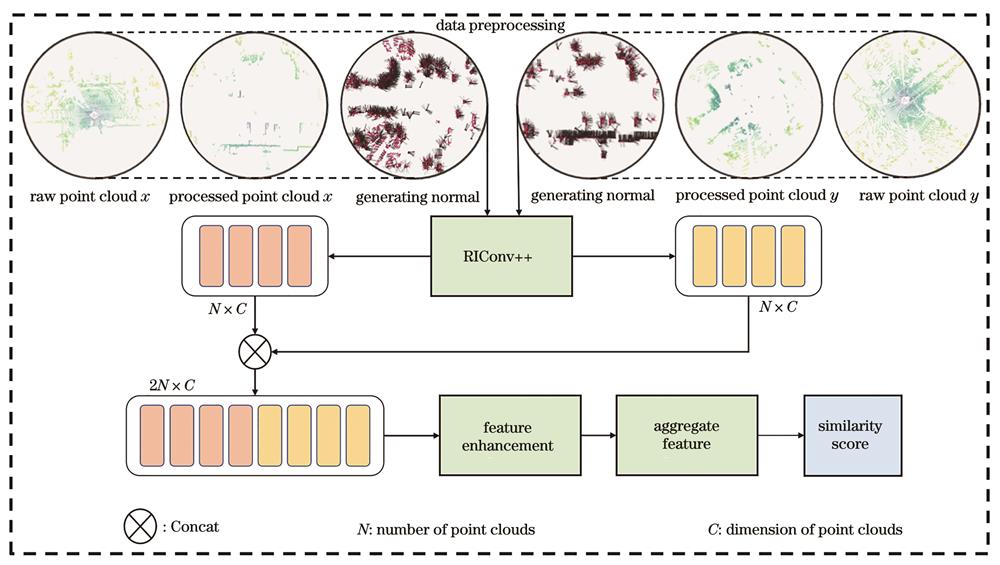[1] Chang Y H, Chen N S, Rao L et al. Lidar point cloud descriptor with rotation and translation invariance in dynamic environment[J]. Acta Optica Sinica, 42, 2401007(2022).
[16] Komorowski J. MinkLoc3[C], 1789-1798(2021).
[25] Chen X, Läbe T, Milioto A et al. OverlapNet: loop closing for LiDAR-based SLAM[C], 12-16(2020).




